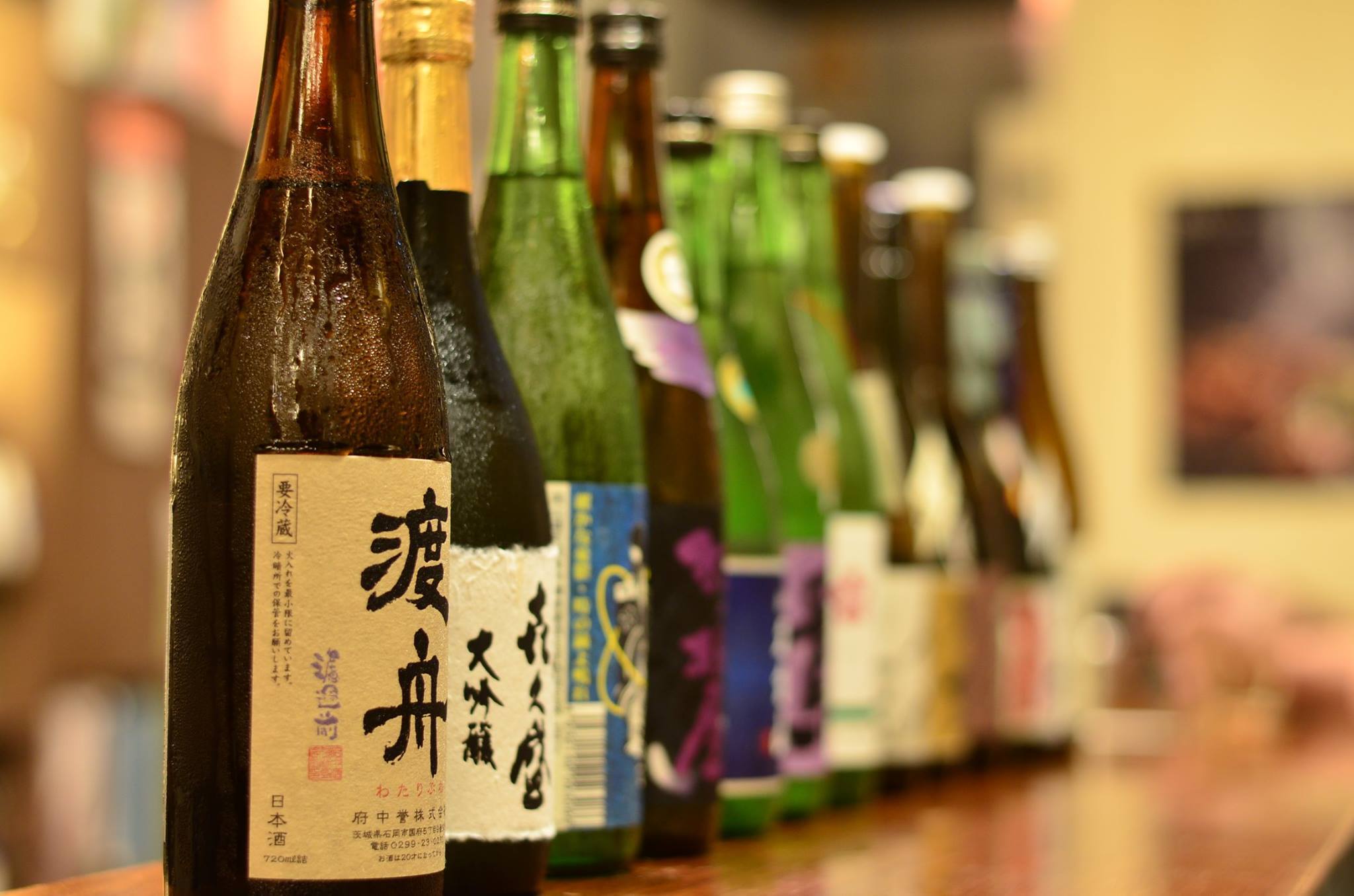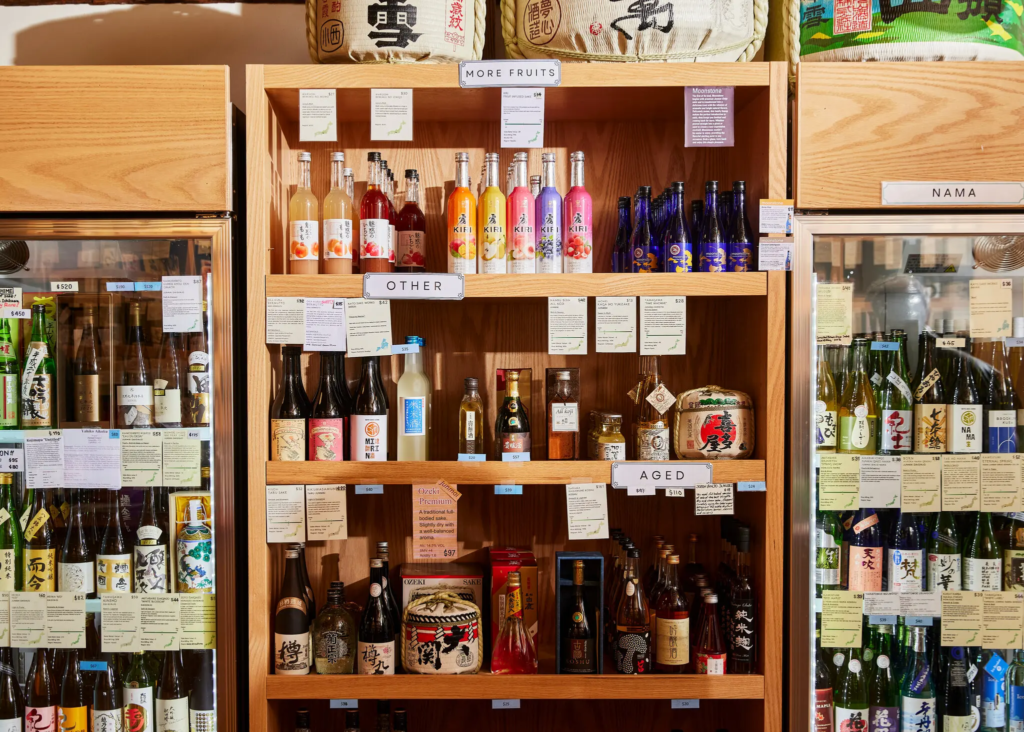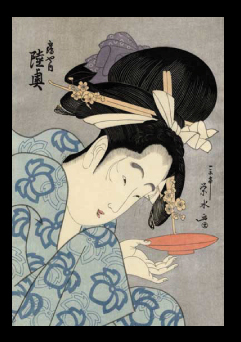
Sake Basics
A brief guide to some key terms, styles and things to keep in mind.
Sake is the fermented product of rice, with its own character, body of knowledge and vocabulary. Here are some sake basics worth knowing.

Types of Sake
Before the rice is fermented, the outer layer is polished away, leaving the grain’s starchy core.
Junmai Rice is polished until no more than 70 percent of the grain remains.
Ginjo No more than 60 percent remains.
Daiginjo No more than 50 percent remains.
All sakes designated junmai contain only rice, water, yeast and koji, a mold that converts starch into fermentable sugars. Some other sakes are made with small amounts of added distilled alcohol, to heighten body and aromatic appeal. If the sake is junmai, however, no alcohol will have been added. Ginjo and daiginjo sakes may also have added alcohol, unless they are labeled junmai ginjo or junmai daiginjo.
Most sakes are pasteurized and filtered. But other styles exist, too.
Nigori Unpasteurized sake.
Nama Unfiltered sake.
Kimoto An older method in which a labor-intensive form of yeast starter is used to begin fermentation.
Honjozo Sake with a small amount of added distilled alcohol.
How to Serve, Drink and Store Sake
Serving
Small ceramic or glass cups are traditional, but modest wine glasses work well, as do tumblers.
Storage
Before and after opening, sake should be kept cool and out of the light. Refrigerators are fine. Once opened, bottles can last from a few days to a few weeks.
Temperature
Sake is great served cool, but it can also be delicious gently warmed, depending on the season, mood and type of sake. Yoko Kumano of Umami Mart in Oakland, Calif., recommends yakitori with warm sake.
Courtesy of the NY Times.


